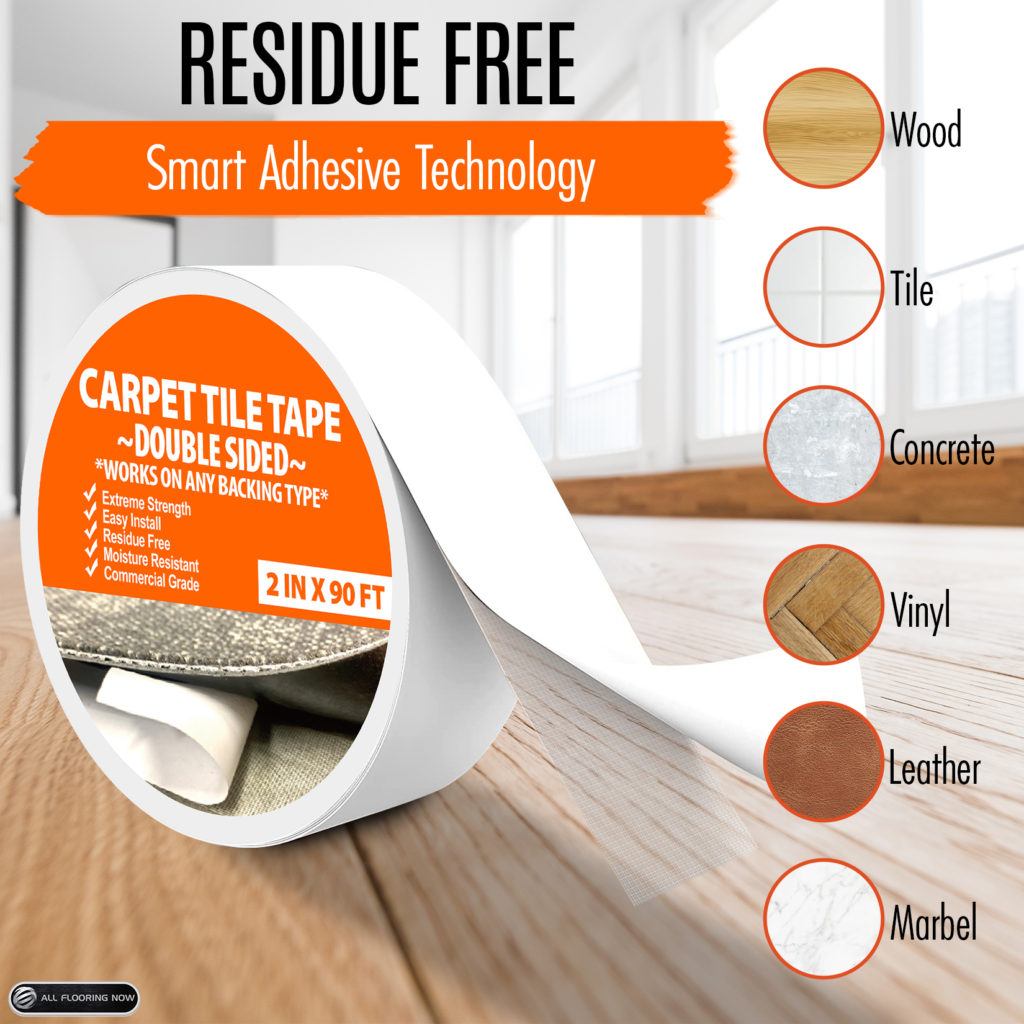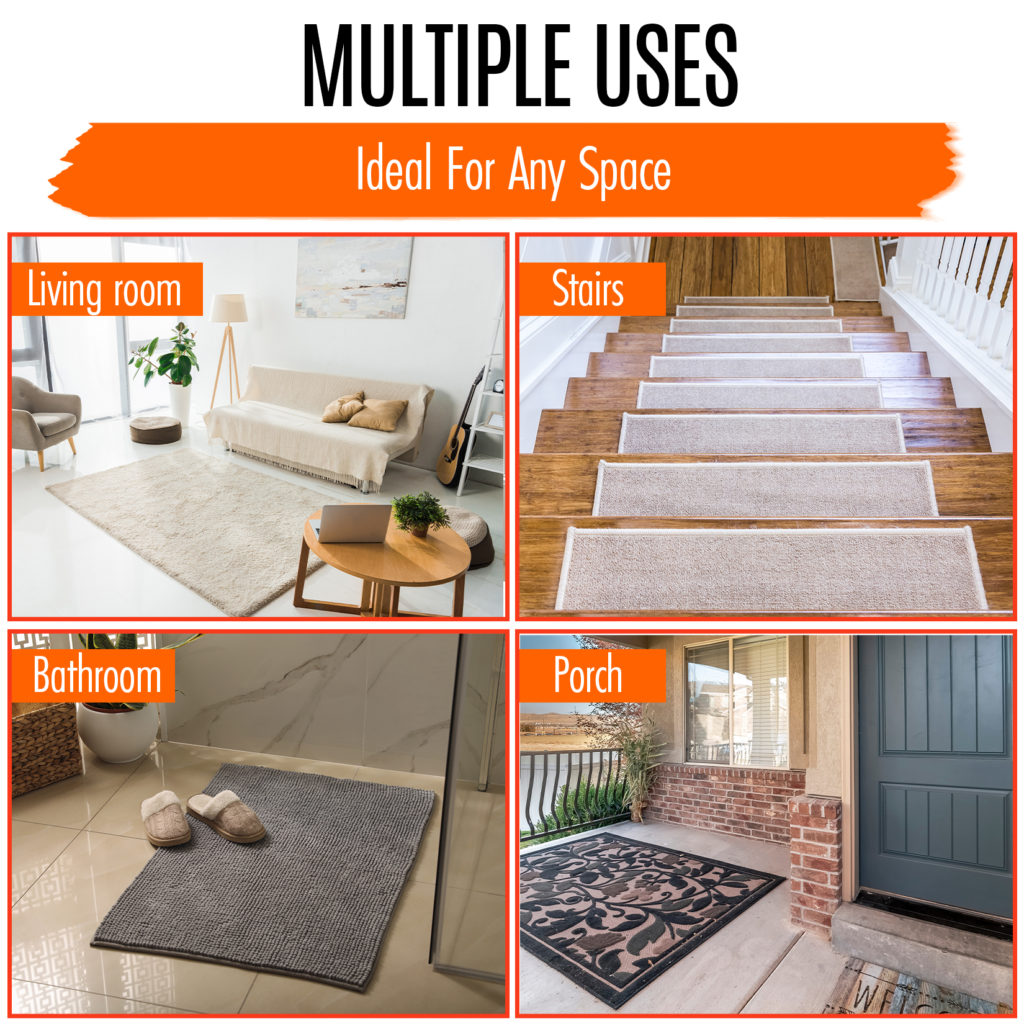What Carpet Tape Is Made Of: Understanding Its Construction and Composition
Carpet tape is a versatile and essential tool in the world of flooring installation. Its primary purpose is to securely hold carpeting, rugs, or carpet tiles in place, providing a stable and long-lasting bond between the flooring material and the subfloor. In this article, we will explore the physical makeup of carpet tape, delving into its construction, composition, and the key elements that contribute to its adhesive strength and durability.
Backing Material
The backing material is a critical component of carpet tape. It provides the structural integrity and stability required to support the adhesive layer. Here are the commonly used backing materials in carpet tape:
Polyethylene Film: Polyethylene film is a popular choice for carpet tape backing. It offers excellent flexibility, durability, and resistance to moisture. The film's thickness may vary depending on the intended application and the desired strength of the tape.
Cloth Fabric: Some carpet tapes feature a cloth fabric backing, which provides additional strength and stability. The fabric backing enhances the tear resistance and overall durability of the tape, making it suitable for high-traffic areas.
Fiberglass Mesh: In certain heavy-duty carpet tapes, a fiberglass mesh backing is used. This reinforcement adds strength, stability, and dimensional stability to the tape, making it highly resistant to stretching or warping.
Adhesive Layer
The adhesive layer is the crucial element responsible for creating a strong and reliable bond between the carpeting and the subfloor. Different types of adhesives are used in carpet tapes, each offering unique properties and benefits. Here are some common adhesive types found in carpet tape:
Rubber-Based Adhesive: Rubber-based adhesives are widely used in carpet tapes due to their high initial tack and strong adhesion. They provide a reliable bond that can withstand moderate to heavy foot traffic. Rubber-based adhesives offer excellent flexibility, allowing for easy installation and repositioning of carpeting if necessary.
Acrylic Adhesive: Acrylic adhesives are known for their excellent long-term bonding properties. They provide a secure and durable bond that can withstand temperature variations, moisture, and aging. Acrylic-based carpet tapes are often used in high-humidity environments or areas subjected to extreme temperature changes.
Solvent-Based Adhesive: Solvent-based adhesives offer exceptional bonding strength and quick initial tack. They are often used in heavy-duty carpet tapes designed for demanding applications or commercial settings. Solvent-based adhesives typically require proper ventilation during installation due to their volatile nature.
Release Liner
The release liner is the protective layer that covers the adhesive side of the carpet tape. It is crucial for preserving the adhesive's integrity and preventing premature sticking or contamination. When installing carpet tape, the release liner is peeled off to expose the adhesive layer for application. Common release liner materials include:
Paper: Paper release liners are cost-effective and provide sufficient protection for the adhesive. They are commonly used in standard carpet tapes.
Film: Film release liners offer enhanced durability and moisture resistance compared to paper liners. They provide superior protection, especially for carpet tapes used in high-humidity environments or outdoor applications.
Width and Length
Carpet tapes are available in various widths and lengths to accommodate different installation needs. The width of the tape typically ranges from half an inch to several inches, allowing flexibility in securing different carpeting sizes. The length of the tape can vary from a few feet to several yards, depending on the product and manufacturer. It's essential to choose the appropriate width and length of carpet tape to ensure proper coverage and adhesion during installation.
Understanding the physical makeup of carpet tape is crucial for selecting the right product for your flooring installation needs. The backing material, adhesive layer, release liner, and dimensions of the tape all contribute to its overall performance and durability. Whether you're installing carpeting, rugs, or carpet tiles, consider the specific requirements of your project, such as foot traffic, moisture exposure, and environmental conditions, when choosing the appropriate carpet tape. By selecting a high-quality tape that matches your needs, you can ensure a secure and long-lasting bond between your carpeting and the subfloor, creating a stable and beautiful flooring surface.






